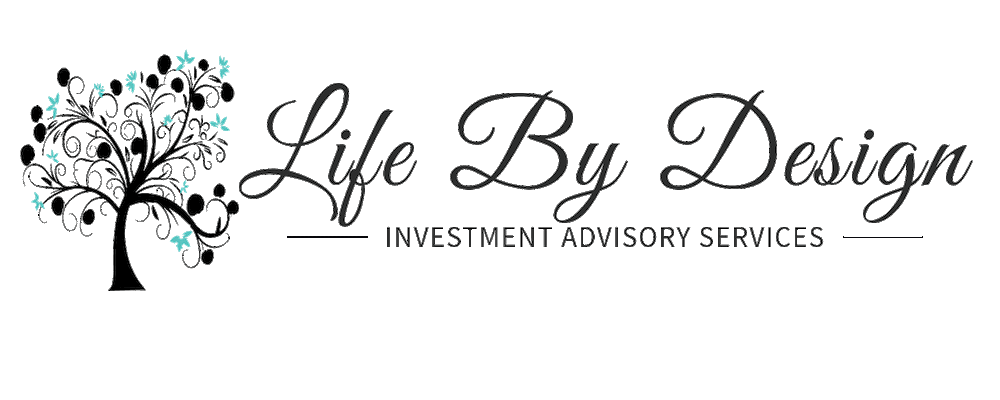A majority of Americans understand the importance of estate planning, yet an alarming percentage of adults do not have arrangements in place. According to a 2019 survey, 51% of people believe having an estate plan is necessary, but only 40% have actually implemented one.1 If you’re a part of the majority of Americans who have put off facing the future of your finances after death, it might be time to start weighing your options. Here is some helpful insight into what trusts are, who they benefit and why you may want to make them an integral part of your estate plan.
What are Trusts?
Trusts are legal documents you set in place to protect and control all of your assets. While some people may associate trusts with ultra-wealthy families, this stereotype is often untrue. Trusts are for anyone looking for an efficient way to control their assets after death or in the case of incapacitation. Additionally, trusts can help those caring for minors, children with special needs or pets make future arrangements for your dependents.
Types of Trusts
If you decide to incorporate a trust into your estate plan, the next decision to make is the type of trust(s) you wish to use. There are four main types of trusts, although these can be broken down further into smaller, more detailed trust types.
The main types of trusts include:
- Revocable trusts
- Irrevocable trusts
- Living trusts
- Will trusts
Just as they sound, revocable trusts can be altered and amended after creation, while irrevocable trusts can not. And while a living trust is established while the individual is still living, a will trust is created at or after death, based on the individual’s will.
Living Trusts in the State of California
In California, unless you have a Living Trust, your estate will go through Probate if…
- You own any real estate valued at over $50,000.
- Your investments, bank accounts, timeshares, real estate and personal property have a cumulative value over $150,000.
Probate is the State settling your estate with or without a Will, unless you have a Living Trust. The Probate process takes approximately one year prior to arrive at the release of your assets and moment that your beneficiaries receive their inheritance. Probate costs between 6-10% of the gross value of your estate including statutory fees set by the state. A Will is considered a letter to the probate court stating your wishes and will not avoid Probate Court.
In the event that you become incapacitated, a Living Trust will allow the people you chose, not the court, to make your financial and health decisions.
Gift/Estate Tax Exemption for Trusts
The gift and estate tax exemption is the amount you can transfer during your life or at your death without incurring gift or estate tax. For 2024, the gift and estate tax exemption is $13.61 million ($27.22 million per married couple). Lifetime gifts that do not qualify for the annual exclusion described above will reduce the amount of gift and estate tax exemption available at death. Importantly, unless further legislation is enacted, the current gift and estate tax exemption amount will be reduced by approximately one-half at the end of 2025 ($5 million adjusted for inflation).
Top Three Benefits of Establishing Trusts
Benefit #1: Tax Efficiency
For some couples, establishing a revocable trust may help in minimizing estate tax burdens. Federal estate taxes will only be triggered if an individual’s accumulated assets equal $13.61 million or more, or a combined total of $27.22 million for couples, as of 2024. Couples with a high accumulation of wealth and assets may want with their legal and financial professionals to create trusts that help shelter the remaining spouse from estate tax burdens after the passing of their loved one.
In December 2019, the government passed the SECURE Act, which affected certain aspects of retirement savings, distributions, withdrawals and estate planning. Previously, non-spousal beneficiaries of the deceased’s IRA could stretch distributions out over the rest of their estimated lifespan. But with recent changes enacted, the account must be distributed over a 10-year span. Exceptions include those who are disabled or chronically ill, less than 10 years younger than the deceased or under the age of 18.
As far as tax efficiency, this shorter distribution period can mean a greater tax burden to your beneficiaries, with higher yearly withdrawals required to meet the 10-year requirement. If you previously made a trust the beneficiary of your IRA, you may want to revisit the terms of the trust with your wealth advisor to make sure it’s still relevant and effective with these recent changes. With certain types of trusts, this setup could potentially help non-spousal beneficiaries (such as children or grandchildren) bypass the 10-year rule, thus creating more tax-beneficial distributions.
Benefit #2: Avoid Probate
If your loved ones are left with only a will after your passing, the will must be sent through the state’s probate process. This means the contents of the will become public record, and your heirs may be delayed in receiving their inheritance. Additionally, probate can be an expensive and burdensome process to put on your beneficiaries. In establishing a trust, you can help your loved ones avoid the probate process. This can mean more privacy and less delay in fulfilling your final wishes.
Benefit #3: Protect Your Estate
What’s a more obvious reason why someone would want to set up a trust? To control what happens to their things after they die. Simply put, trusts can help protect your estate. When done right, a trust can determine who gets what and how things are cared for once you’re gone. Neglecting to provide instructions like these means your biggest assets could end up in the wrong hands. Instead, creating a trust allows you to pass along what you have to who you want, including your children, grandchildren and charitable organizations.
Disadvantages of Establishing Trusts
While there’s potential to greatly benefit from having trusts as a part of your estate plan, there are a few considerations to make before establishing a trust. Most of the advantages listed above are only effective if a trust has been established correctly. And these are often complex documents, especially when compared to the simplicity of a will.
any number of small errors could negate the benefits your beneficiaries were intended to receive. Because of this, it is recommended that you seek legal help if you decide to establish a trust. A professional can help you understand your options and work to maximize the benefits. This, however, means that establishing a trust can come with an upfront cost, as well as ongoing costs for maintenance, revisions and re-titling of assets.
Whether you’ve been trying to make estate planning a priority or it’s been at the bottom of your to-do list, you may want consider if establishing a trust could benefit you, your estate and your loved ones. When done right, you may be able to avoid costly and slow probate processes and protect your dependents in the event of an unexpected death.










